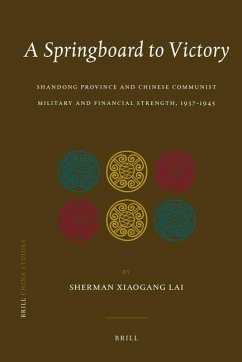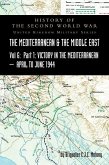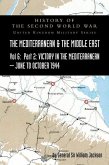Did the Chinese Communists use money or banking systems during their struggle for national power? In the West, this question was not answered, or even raised, for sixty years after the Communists took over China in 1949. This book examines the Communists revenue and supply system during the Japanese occupation in Shandong, a coastal province in northern China. It explores how the Communists manipulated currency exchange rates to turn trade within the occupied zones into their principal source of revenue and transform the Japanese army and navy into their most important customers. Thus enabling them to stockpile the materials needed for the race against the Nationalists into Manchuria, China s only industrialized area, immediately after Japan s surrender.
Hinweis: Dieser Artikel kann nur an eine deutsche Lieferadresse ausgeliefert werden.
Hinweis: Dieser Artikel kann nur an eine deutsche Lieferadresse ausgeliefert werden.








